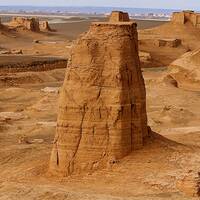
Lut Desert
Getting confused with "Dahst-e Kavir" and called "Kavir-e Lut", due to their similarities, Lut Desert is the first wide desert in the south-east of Iran and one of the hyper-hot and arid deserts around the world; Extended across three provinces of south Khorasan, Sistan & Baluchestan and Kerman, it has covered about 10 per cent of Iran’s extent. It was measured as the hottest spot on the planet in 2005, 2006, 2007 and 2009 by situating in geothermal pole of the earth. Also, it has recorded as the hottest spot in all around the earth planet with 70˚C temperature in 2005.
Lut desert is divided into three geographical landforms: Northern Lut constituted of the elements of gravel and sand; Central Lut, as the most amazing part with highly astonishing phenomena in the world like Kaluts (Natural ridges in various forms resulted from the water, wind and erosion mechanisms), as well as the masses and huge sandy dunes; South Lut with the richest vegetation.
Lut desert and its surroundings display an extensive natural landscape, with potential and realized values, because of its natural desert phenomena: Kaluts landforms with the highest observed Yardangs anywhere on the planet (bedrock features carved and streamlined by sandblasting), the highest sandy dunes and Nebkha dune fields (the phenomenon of interaction between wind erosion and vegetation resulted in a sandy dune formed around the plants), massive erosional ditches, Hydrologic networks, tectonic holes, rare salt phenomena and extensive stony desert pavements (Hamada), Qanats, historical areas and villages, and ancient civilization settlements.
https://whc.unesco.org/en/list/1505
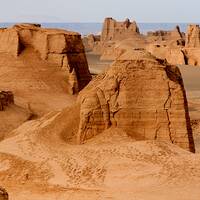
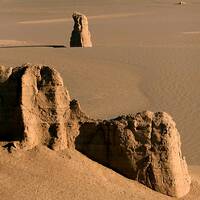
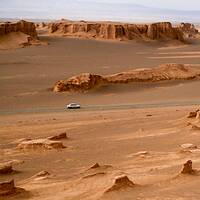
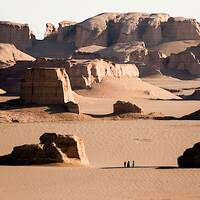
.jpg)
